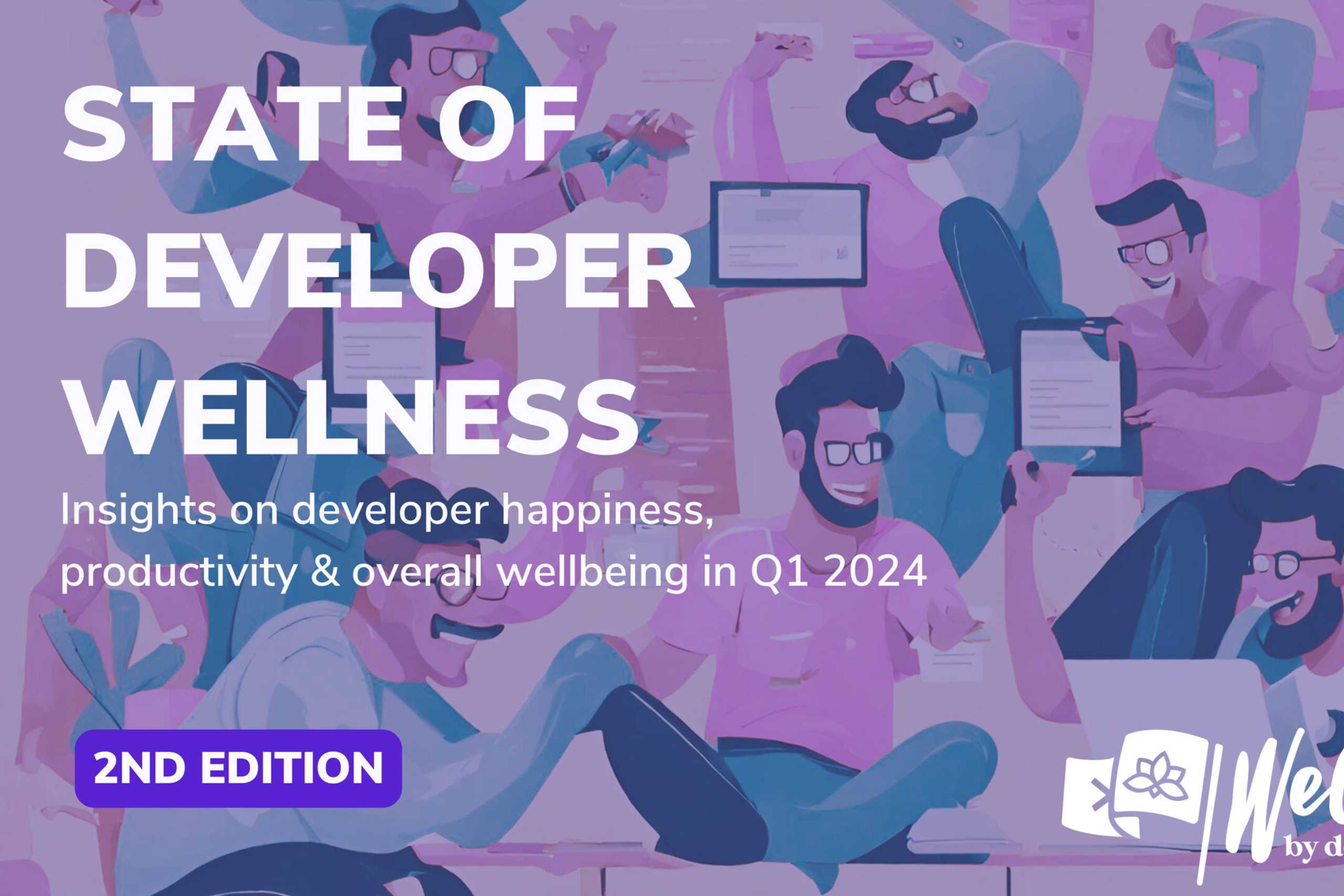
November 20, 2012
As we showed in our Developer Economics 2012 survey, there is a massive gap between the number of developers creating applications for local languages (other than English) and the demand for local language content. For many app types, app localization is only a relatively small incremental investment on top of the original app build costs and yet has the potential to generate significant new downloads and revenue. How should developers decide if it’s going to be worthwhile?
English first, then localize
According to our survey 85% of developers were publishing their apps in English. They are absolutely right to do that first where the content is appropriate for English-speaking markets. The US, UK, Canada & Australia are consistently among the top markets by revenue and downloads. Additionally a significant fraction of educated (and affluent) users around the world also speak English as a second or third language, even if they would prefer content in their native tongue.
For many other markets there is undoubtedly demand for localized content, with such apps filling a large fraction of top ranking slots in the app stores. They key question is then the costs vs benefits of localizing for a particular market.
App Localization is more than translation alone
If localizing an app for another market only requires the translation of some text, then it is cheap and easy to outsource to a specialist. Where the content is of international relevance then expanding across major European languages may fall into this category. However, in many cases, app localization is less about translation and more about the entire app experience. There are more complex challenges than just translating the text when localizing an app. For example, Chinese or Arabic localizations will often need layout changes and adaptation of the colour scheme to cultural nuances. Iconography often needs to be revised for each region.
Two of the very largest markets in terms of reach (China) and revenue (Japan) are particularly difficult to localize for without expert local knowledge. If the difficulties can be overcome then the potential rewards are significant. According App Annie, China is one of the largest and fastest growing markets by downloads; revenue is reasonable on iOS too, although not so for Android. Japan on the other hand is second only to the US by revenue and not by a great margin; downloads are significantly lower but average revenue per download is much higher to compensate. In our survey 16% of developers were supplying apps in Chinese while only 4% provided Japanese versions. Both of these markets have higher growth rates than English-speaking markets with less competition.
App Localization as a long-term investment
For those interested in slightly longer term investments, the greatest growth internationally is mainly in emerging markets, although many of these currently have very low revenues. Getting established in such markets early can help establish a reputation (and store ranking) in advance of an almost certain future growth in the user base. When looking to expand to such markets it’s important to consider the local platform market shares, the typical level of device & network capabilities and the types of content or services that are popular. For example, an HD video streaming application is unlikely to reach a very large fraction of the audience in India!
Whether your localization needs are simple or complex there are a range of tools and service providers available to help. Identifying and sourcing local content (news, reviews, or service partnerships) may prove a challenge for global developers looking to target local markets. Local developers are in a much better position to understand and thereby optimise for local nuances and work with local partners in their markets. Where foreign market opportunities are significant and the app localization challenges are great it may make sense to find a local developer to partner with.
Contact us
Swan Buildings (1st floor)20 Swan StreetManchester, M4 5JW+441612400603community@developernation.net


